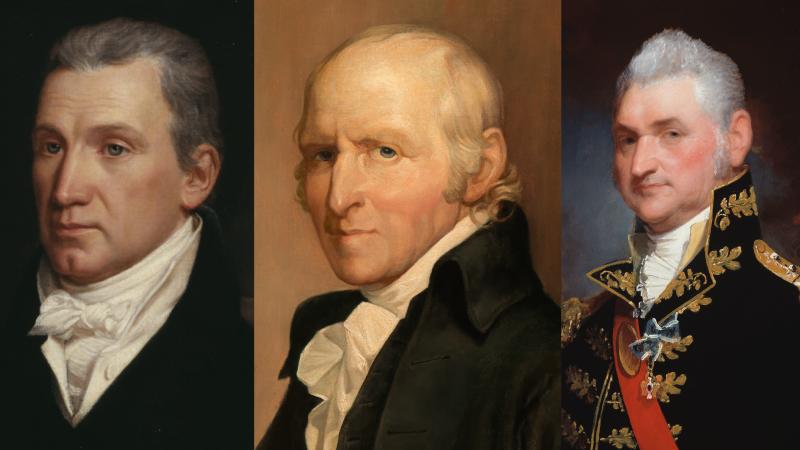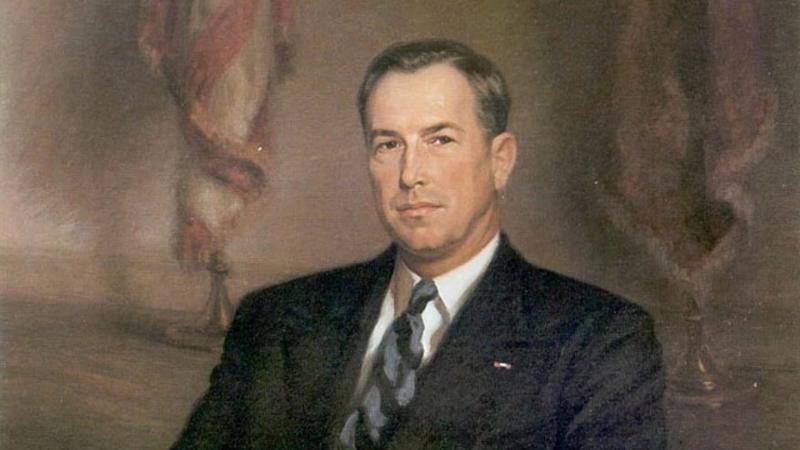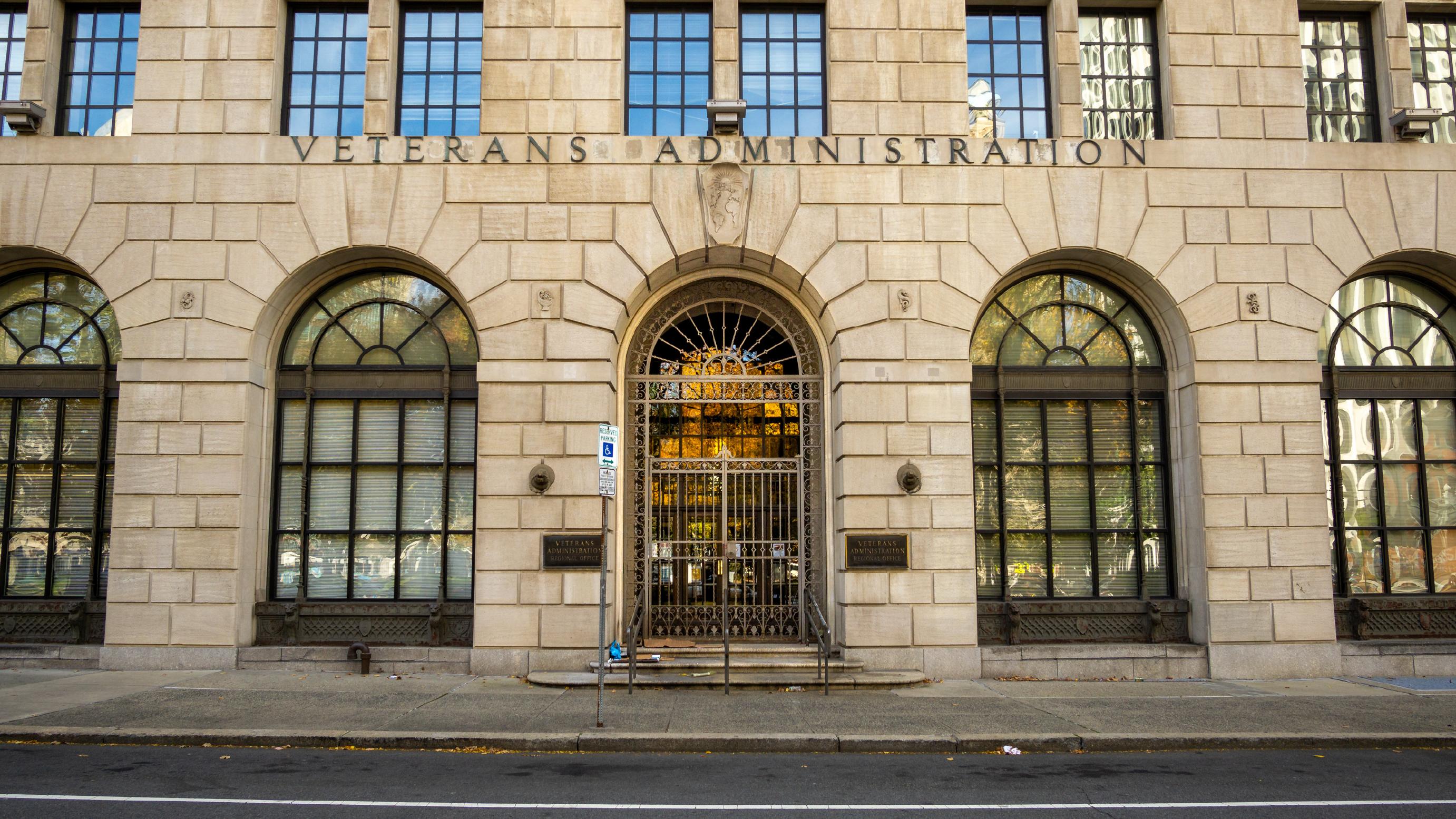TRUMP SUGGESTS BRINGING BACK SECRETARY OF WAR: A DEEP DIVE INTO THE TITLE’S HISTORY

A slip of the tongue at last week’s NATO summit in The Hague has set off some speculation about a potential major change in the Presidential Cabinet. Or, at least, a change in what one member is called. During his press conference on June 25th, President Donald Trump referred to Secretary of Defense Pete Hegseth as the “Secretary of War.”
Before moving on to other topics, he added, “You know, it used to be called secretary of war. Maybe for a couple of weeks, we'll call it that because we feel like warriors. Used to be called secretary of war. In fact, if you look at the old building next to the White House, you can see where it used to be the United States secretary of war. Then we became politically correct, and they called it ‘secretary of defense.’” Those statements led several media outlets to wonder if Trump actually intends to reestablish the secretary of war as a cabinet position.
While the president certainly could retitle a secretarial role, or even add a new one, exactly how a secretary of war would fit into the modern cabinet, and what role the office holder would fulfill, is unclear. This is because the job of secretary of defense was created neither for reasons of “political correctness” or as a direct replacement of the US secretary of war. And, as a matter of fact, the origin, history, and eventual dissolution of the position offers an interesting look at how our government and our military evolved over the decades since their founding.
Before the Secretary of War
Between the founding of the Continental Army on June 14th, 1775, and 1789, America had no secretary of war.
Starting in June of 1776, a five-person committee of Continental Congress members called the Board of War and Ordnance (later shortened to the Board of War) oversaw the administration of the new nation’s army.
In 1781, the Continental Congress decided to turn that role over to a single individual titled the Secretary at War. They selected Major General Benjamin Lincoln for the post. He served as secretary until the fall of 1783, and was eventually replaced in 1785 by recently retired Major General Henry Knox, the Continental Army’s chief of artillery and future namesake of Fort Knox, who served in that post until it ceased to exist.

The First United States Secretary of War
After George Washington took office as the first President of the United States in 1789, Congress set about structuring the government of their young country. And in August of that year, they formally established the United States Department of War headed by a cabinet secretary.
The new position replaced the previous secretarial role but not its holder, as Henry Knox, simply took on the new title of Secretary of War. As the first US secretary of war, Knox oversaw the entirety of the United States Armed Forces in their early years (both the Army and the Navy fell under the auspices of the War Department until the creation of the separate Department of the Navy in 1798).
A violent insurrection spurred by a debt crisis, multiple conflicts with Native American tribes, and the formal creation of a permanent Navy (and commissioning of its first six frigates including the legendary USS Constitution) all occurred under Knox’s tenure. His time in office lasted until New Years Eve of 1794 when he resigned and returned to private life.
America’s first Secretary of War died a mere twelve years later at the age of 56, when he accidentally swallowed a chicken bone that stuck in his throat and caused a fatal infection.
A Look Back at Secretaries of War Through the Years
Between the end of Knox’s term, and the termination of the role 153 years later, another fifty-five men took on the job of US secretary of war. Their number included such noteworthy, historically significant, and otherwise interesting individuals as:
- James Monroe, 8th Secretary of War – Founding Father, Revolutionary War Veteran, Continental Congressional Delegate, US Senator, US Ambassador to France and then the United Kingdom, two-term Governor of Virginia, 7th Secretary of State, and eventual 5th President of the United States.
- Lieutenant General John Schofield, 28th Secretary of War – Civil War Veteran, Namesake of Schofield Barracks, Hawaii, and recipient of the Medal of Honor for his actions during the Battle of Wilsons Creek on August 10th, 1861.
- Robert Todd Lincoln, 35th Secretary of War – Oldest son of President Abraham Lincoln, Civil War Veteran, and later US Ambassador to the United Kingdom.
- William Howard Taft, 42nd Secretary of War – Later 27th President of the United States and 10th Chief Justice of the Supreme Court.
- Dwight F. Davis, 49th Secretary of War – World War I Veteran, Olympic tennis player, and founder of the International Tennis Federation’s Davis Cup.
- George Dern, 52nd Secretary of War – Former Governor of Utah, grandfather of Academy Award nominated actor Bruce Dern, and great-grandfather of Academy Award winner Laura Dern.
- Additionally, General (later 18th President of the United States) Ulysses S. Grant and General William Tecumseh Sherman each served briefly as Acting Secretaries of War.

The Last US Secretary of War and the First Secretary of Defense
The roots of the War Department’s eventual obsolescence lie in the increasingly elaborate and technological nature of warfare in the early 20th century. In the aftermath of World War II, the US military realized that the expansion and increasing independence of the US Army Air Forces, the growing complexity of organizing joint operations, and the lessons learned from difficulties in coordinating between services meant a reorganization of the military’s uppermost hierarchy was needed.
This eventually led to President Harry Truman proposing, and Congress eventually passing, the National Security Act of 1947 which, among other things, got rid of the War Department. Or, more accurately, it divided it in two: the Department of the Army and the Department of the Air Force, which would oversee the transition of the Army’s Air Forces into a military branch of their own.
Those two departments, along with the Department of the Navy, would in turn collectively fall under the command of the Department of Defense, a new executive department that would oversee all of America’s military services.
The act went into effect on September 18th, 1947. On that day, former Brigadier General Kenneth Claiborne Royall, ended his role as the 56th and final US Secretary of War by becoming the first Secretary of the Army.
And James Forrestal went from being the 48th Secretary of the Navy to the 1st US Secretary of Defense. Neither man would last all that long in these new jobs (Forrestal resigned in March of 1949 due to mental health issues, Royall was forced into retirement a month later 1949 for his heinous refusal to desegregate the Army), but as inaugural office holders in those positions, they played a part in the evolution of the United States military’s command structure into its modern form.
A New United States Secretary of War?
It’s hard to answer this question, not least of all because it’s unclear how much of President Trump’s statements and sentiments regarding the reestablishment of a Secretary of War were meant sincerely or facetiously.
Would it replace the title of Secretary of Defense? Or that of the Secretary of the Army, the position most directly descended from it? And if it replaces either title, would it be permanent? Or, as the president said in his remarks, a temporary title change? Or would it be some new, heretofore nonexistent cabinet position with duties related to the military or conflict all its own?
There are no concrete answers to any of these questions yet. But that doesn’t make a look back at the history of the currently-defunct role of US Secretary of War any less interesting.
Suggested reads:



